Simoa technology is changing the way in which the biology of health and disease is studied by giving researchers the ability to closely examine critical biomarkers.
Automated microscopy and Spatial Proteomics
Automated microscopy and image analysis
Discover
Related topics
Don't waste your time for homogenization and get best results in neurscience with Singulator!
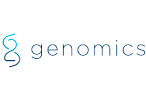
Jan 6, 2025
Single-nuclei sequencing (SNS) is a transformative approach for dissecting cellular diversity in complex tissues like...
Get your cells ready for NGS with tiples nanodispenser MANTIS
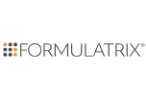
Jan 6, 2025
Generating high-quality cDNA libraries for efficient sequencing of T-cell receptor mRNA from single cells.
Webinar recording: Deep dive into Spatial Biology with MERSCOPE Ultra Platform

Aug 16, 2024
We invite you to learn more about MERSCOPE Ultra Platform. Webinar featuring Rob Mathis (Global Instrument Product...
Single-Cell Genomics applications ? Ideal work for the WOLF gentle cell sorter
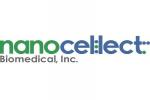
Aug 2, 2024
The field of genomics and computational biology has progressed immensely over the last decade and new single-cell...
Study finds that automated liquid-handling operations are more robust, resilient, and efficient!

Jul 18, 2024
Liquid handling devices (LHD) improve lab efficiency and accuracy. They automate liquid transfers, increase experiment...
Scaling Whole-Genome Sequencing to >50,000 single cells using cellenONE

Jul 16, 2024
cellenONE technology enabled the creation of tens of thousands of high-quality single-cell genomes, paving the way for...
Theranostics: From Mice to Men and Back
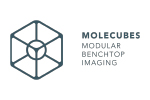
Jun 25, 2024
Recorded webinar
Presenters: Prof. Dr. Ken Herrmann and Prof. Dr. Katharina Lückerath – Moderator: Hannah Notebaert
Orion 2024 AACR poster: 17-plex single-step stain and imaging of cell Lung Carcinoma
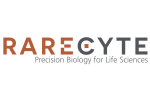
Jun 21, 2024
RareCyte Orion is a benchtop, high resolution, whole slide multimodal imaging instrument. A combination of quantitative...
Automated Purification of Viral DNA and RNA from Biological Samples usingZymo Research Quick-DNA/RNA

Jun 14, 2024
The Quick DNA/RNA Viral MagBead Kit from Zymo has been automated with the Cybio FeliX pipetting robot from Analytik...
DNA Amplicon Library Preparation for Illumina® Sequencing

Jun 12, 2024
The precision of temperature control, efficient heating and cooling rates, and excellent temperature homogeneity across...

Jun 28, 2023
Ninety-three urine–serum pairs in the target group and 10 urine–serum pairs in the control group were measured. The mean absolute concentration ± standard deviation in urine of the target and control groups were 184.7 ± 362.4 pg/ml and 27.3 ± 24.1 pg/ml for GFAP (r =0.3 [Wilcoxon effect size], p =0.007), 17.5 ±38.6 pg/ml and 0.9 ±0.3 pg/ml for NfL (r =0.4, p <0.005), 320.2 ±443.3 pg/ml and 109.6 ±116.8 pg/ml for UCH-L1 (r =0.26, p =0.014), and 219.5 ± 255.8 pg/ml and 21.1 ± 27.1 pg/ml for t-tau (r =0.37, p <0.005), respectively, whereas biomarker–creatinine ratio was significantly different only for NfL (r =0.29, p =0.015) and t-tau (r =0.32, p <0.01). In patients with intact glomerular barrier (ACR < 30mg/g), only NfL in urine was significantly different between the target and control group and showed a significant correlation with the respective serum concentrations (r =0.58 [Pearson’s correlation-coefficient], p <0.005).
All four investigated biomarkers could be measured in urine, with NfL and t-tau showing the strongest effect size after correction for urine dilution. NfL revealed the most accurate relation between serum and urine concentrations in patients with intact kidney function.
Related technologies: Digital biomarker detection
Brand profile
Simoa technology is changing the way in which the biology of health and disease is studied by giving researchers the ability to closely examine critical biomarkers.
More info at:
https://www.quanterix.com/